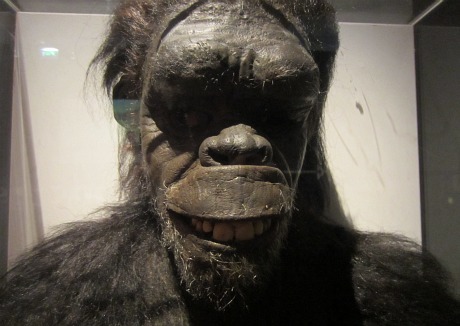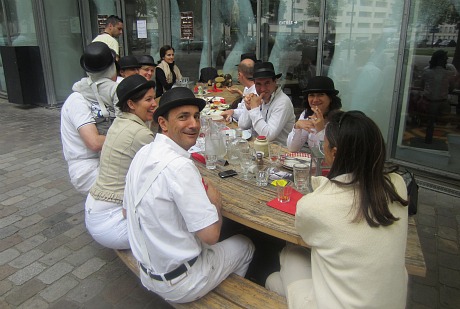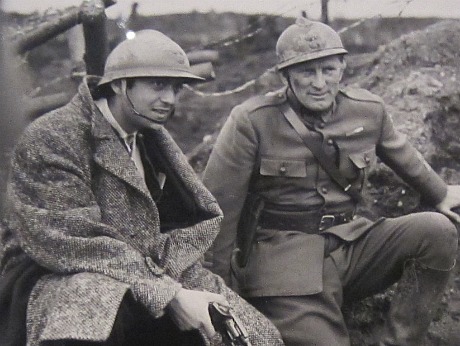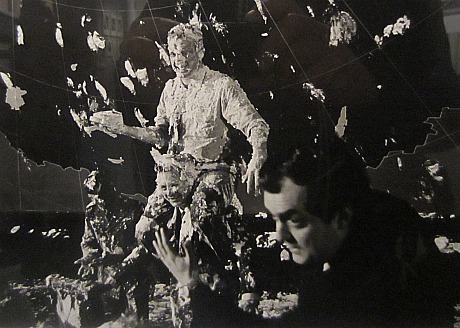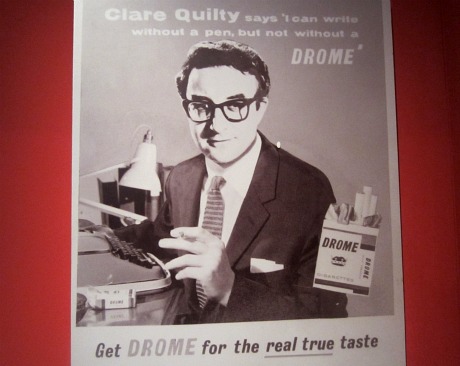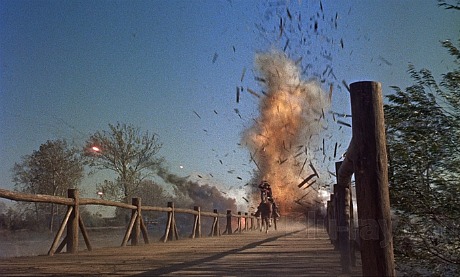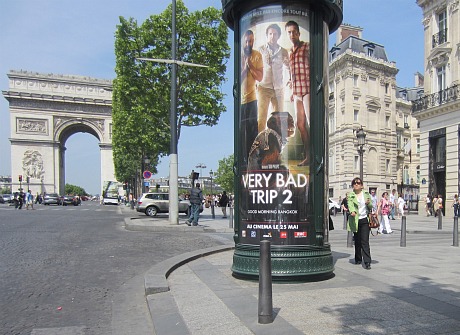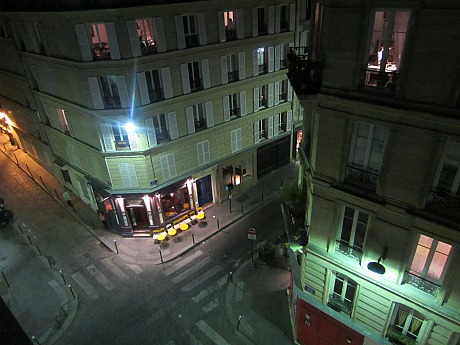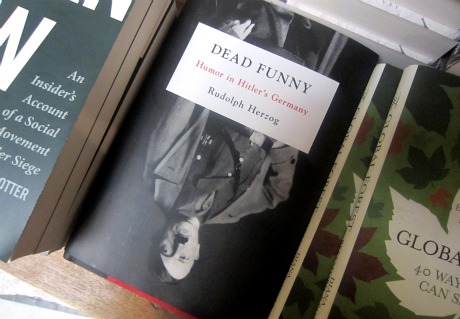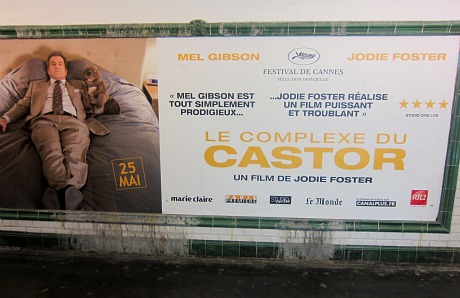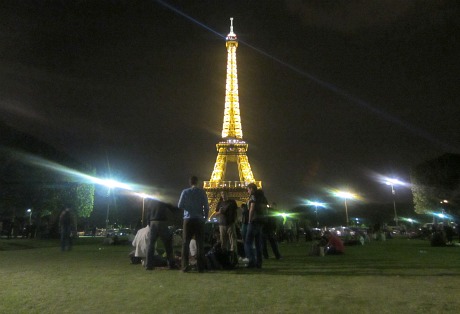A friend coming into Paris says he’ll be staying at the Park Hyatt Vendome and suggested that we meet there. I asked if we could rendezvous instead at a place with a little Parisian antiquity. Because for me the Paris Hyatt, obviously a flush, first-rate establishment, is at heart a Club Med experience for people with ample funds.
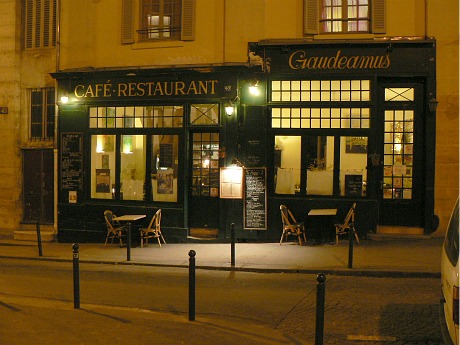
I get that many American travellers prefer the corporate-style comforts that Hyatt hotels provide but why fly thousands of miles to Paris only to stay in more or less the exact same kind of place that you can find in Seattle or Denver or Atlanta? Hyatt clients like their meat and potatoes and green beans…I get that. They want exactly the same and no surprises, etc. But the heart of this attitude is a presumption that three- or four-star hotels that aren’t part of a big corporate chain are somehow unaware of what a quality-level hotel is, or are uninterested in providing comfort to their customers. Does that make any sense?
I suggested meeting at a little inexpensive place called restaurant Gaudeamus at 47 rue de la Montagne Sainte Genevieve,. It’s just south of the Pantheon.
Or perhaps La Coude Fou in the Marais district at 12 rue du Bourg-Tibourg.



